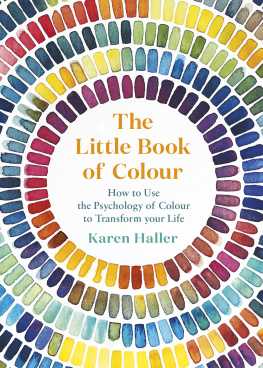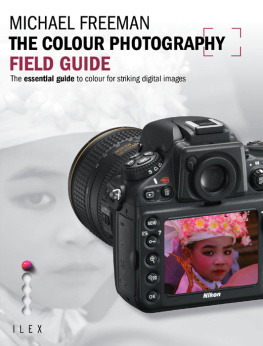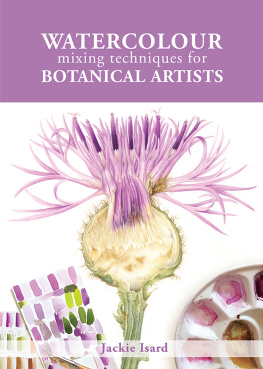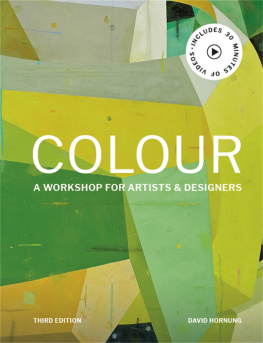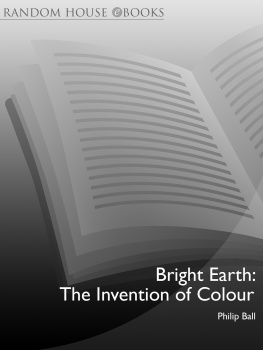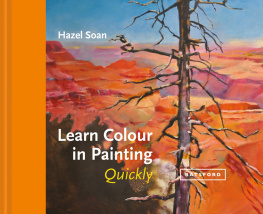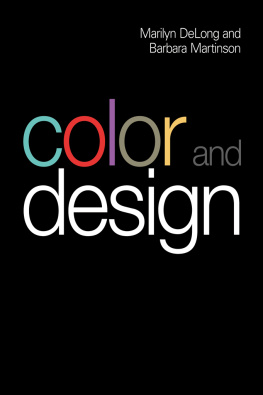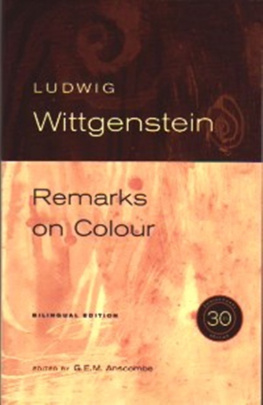
CHAPTER 1
The history of colour: an overview
Colour is one of lifes great mysteries
Every culture and civilization has wondered about it. From the earliest humans to the present day, it has fascinated and perplexed us, amazed and delighted us.
But what exactly is it (apart from a phenomenon that most of us are blessed to see every day)? In this chapter, we will be looking at what makes the rainbow and the three things human beings need to be able to see colour. I will take you back to the beginnings of time to look at the development of our colour vision and to see how it evolved as part of a broad sensory and emotional experience. We will look at the natural world and discover that, when it comes to colour and how we use it, we are not so different from other living creatures after all. And I will take you through the history of the psychology of colour, from its earliest stirrings 2,500 years ago right up to today, where we stand on the cusp of a brand-new paradigm.
How do we see colour?
Light
In one sense, this question is easy to answer. Colour is simply just light. The colours we see are wavelengths of light that travel to us from the sun.
One way to think of wavelengths is like waves in the ocean. They are sometimes shorter and more frequent, and sometimes higher and more spread out. Each colour has its own particular wavelength and frequency, so the different colours we see are just different wavelengths of light coming at different rates. When all the waves are seen together, they make white light; so white light is actually made of all the colours of the rainbow because it contains all the different wavelengths.
The first person to understand what makes the rainbow was Isaac Newton, who discovered that when he shone sunlight through a glass prism he could break colour into its component parts.
He divided this array into seven colours red, orange, yellow, green, blue, indigo and violet and called his rainbow the colour spectrum, from the Latin spectrum image, apparition, from specre, to look, to see. He chose seven colours because of the Ancient Greek belief in a connection between colours, musical notes, the solar system and the days of the week.
The colour spectrum ranges from dark red at 700 nanometres to violet at 400 nanometres (a nanometre is one thousand-millionth of a metre). And it is the only part of the suns energy that we can see. Other forms of electromagnetic radiation include radio waves, gamma rays, X-rays and microwaves. It wasnt until the nineteenth century that the waves came to be measured, and light outside the visible range was discovered. Just beyond red is infrared, which we experience as heat, and just beyond violet is ultraviolet, which some birds, bees and other insects can see; this is what helps them to find nectar in flowers.
It is truly incredible that visible light is such a tiny part of the entire electromagnetic spectrum, and yet we can see millions of colours!
Reflected light
At the time of Newtons experiments in the late 1660s, people believed that colour was a mixture of light and darkness, and that prisms were what made light coloured which brings us to the next piece in the colour-phenomenon puzzle.
What Newton demonstrated was that colour is, in fact, a property of the light reflected from objects, not a property of the objects themselves. When we look at an object, the colour we see depends on the light that is reflected from its surface into our eyes. Objects appear differently coloured because they absorb some wavelengths of light and reflect others. Our eyes only see those colours that are bounced off or reflected.
White objects appear white because they reflect all colours. Black objects absorb all colours, so no light is reflected which is one reason why it is uncomfortable to wear black clothes on a sunny day.
When I was learning about colour, this was the bit I found mind-blowing and at times it still amazes me, that the colour we see is the colour thats being rejected. Imagine all the colours of the visible spectrum hitting these red apples, for example. We see them as red because the red light that each apple hasnt taken in is what is reflected back to us. All the other wavelengths have been absorbed.
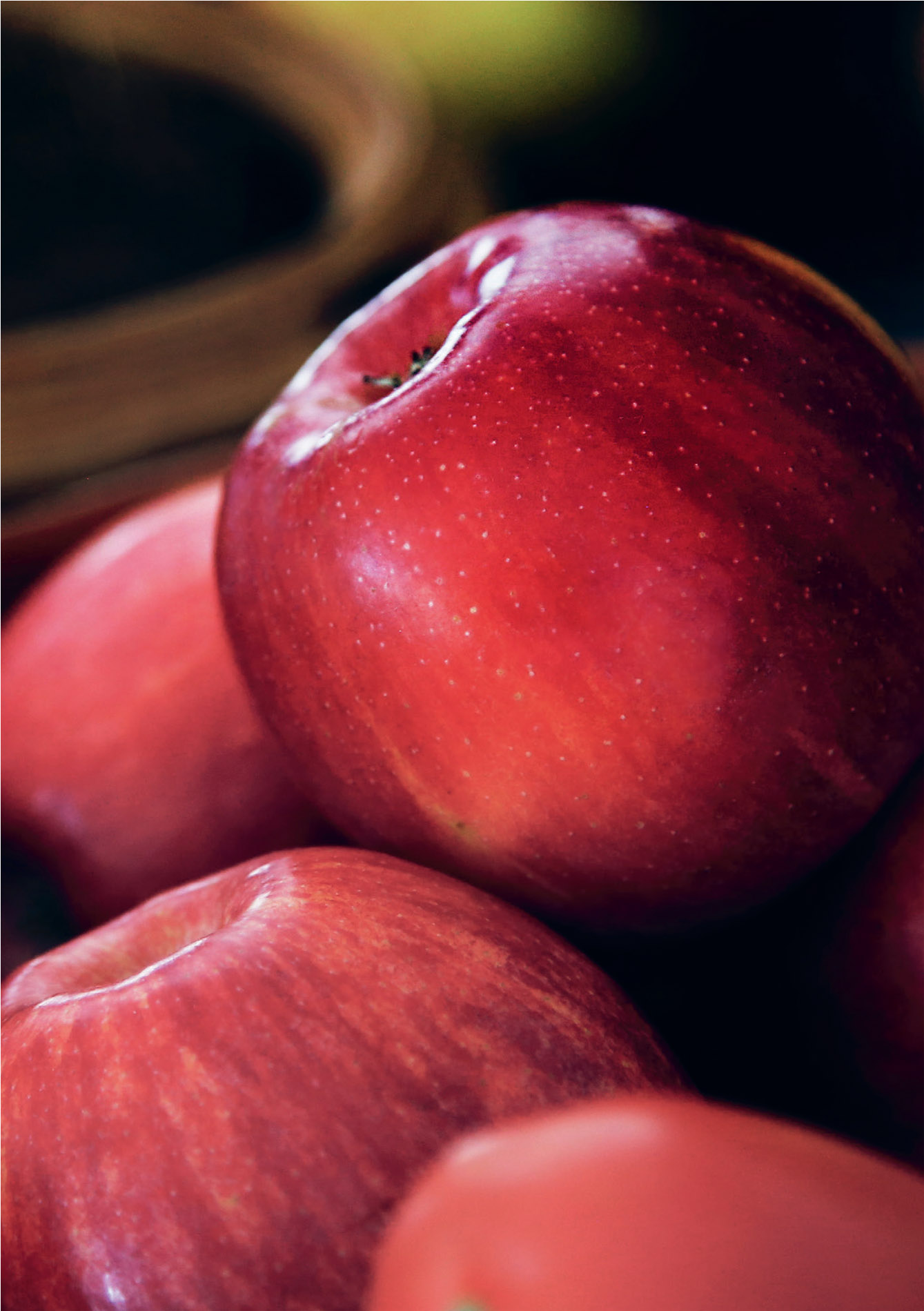
Eyes
So we need light, a surface or an object for the light to be reflected off; and the final thing we need to experience colour is our eyes.
The sensation that we know as colour is our brains interpretation of the signals coming from our eyes when light enters them. This is why we dont see colours in the dark. Colour is a product of how our eyes interpret light. Technically, you could say that colour doesnt exist. It is created only when our brain tries to interpret the light signals it receives.
Although we can distinguish the differences between 17 million colours, we are actually capable of detecting only green, red and blue lights. We do this through our photoreceptors. We have two types of photoreceptors in our eyes: rods and cones. The rods are responsible for our vision in low light (night vision) and the cones are responsible for picking up and processing higher levels of light and our colour vision. We have three types of cones at the back of our eyes that are colour, or wavelength, specific. We have a cone for long waves of light (reds), a cone for shorter waves of light (blues) and a cone for in-between lengths (greens). All the millions of other colours we see are the result of these three types of cones working together and our brain interpreting their signals.
Did you know that dogs cant see many colours? This is because they have only two types of cones in their eyes rather than three. That one extra cone gives humans the ability to see millions more colours. How amazing is that?
Why do we see colour?
There is nowhere that has light that colour does not exist, but, until about 30 million years ago, our primitive mammalian ancestors had little use for it. They were nocturnal creatures and needed to see only what they could see in the dark. Once our vision had evolved to include the full spectrum of visible light, however, colour became our primary signalling language, and our ability to distinguish millions of colours every time we opened our eyes was a vital element in our survival. It helped us to find food, attract mates and avoid danger of every type. This instinctive and subconscious understanding of colours coded messages is at the very centre of our existence.
We have only to look at other living creatures to see how this works. Darwin suggested there were three main uses of colour in the natural world.
Attraction. For a species to survive, it must mate. One of the main ways colour is used is to attract a mate. Birds do this to great effect. The male bird will display its brightly coloured plumage and do a dance and sing a song to court a mate.
Protection: Camouflage. From stick insects that turn green to blend in with a blade of grass, to the pigmy seahorse that turns the same colour red as the coral it lives in, animals use colour to protect themselves and hide from predators.
They also use colour to increase their chances of sneaking up on their prey without being seen. The immediate environment determines what colour or colours they have evolved in which to camouflage themselves. Think of the Arctic fox, for example, which turns white in winter to blend in with the snow.
Next page
